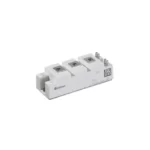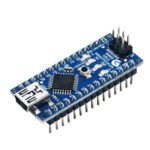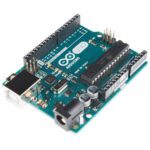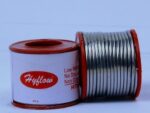DEVELOPMENT BOARDS & PROTOTYPING
DRIVER CARD, FOR EXIDE ,V GUARD,AMARON, WHIRLPOOL,KEVIN 850/650/1050
DSP PURE SINEWAVE INVERTER BOARD BULL EG-200 1000W (Suitable for LUMINUS, EXIDE, MICROTECH inverters)
*DSP BASED 32BIT MICRO CONTROLLER
*ECONOMIC SERIES WITH MORE PROTECTION
*SHUNT RESISTER IMPROVES SURGE CURRENT
*COMPATABLE FOR LITHIUM IRON BATTERY
*INTRODUCING USER DEFINED CHARGER MODE CALIBRATION
*16X2 LCD WITH 6 LED LCD BACKLIGHT AUTO OFF IMPROVES LCD LIFE
*HEAVY MOSFET OPTO COUPLER DRIVER
*COMPACT IN SIZE (Suitable for LUMINUS, EXIDE, MICROTECH inverters)
ESP Prog – CP2102 Based ESP32
- Size: 50mmx30mm
- USB-C Type Interface: you can connect a USB in any direction. Use USB-A to USB-C Cable.
- LEDs for Power, RX, TX
- Switch for Reset and Boot
- Both 3.3V and 5V are available on the O/P connector
- All signals on a standard 2.54mm Pitch Header (Header will come along with the board (unsoldered))
- USB-C Type Interface: A USB can be connected in any direction. Use a USB-A to USB-C cable.
- LEDs for Power, RX, TX
- Switch for Reset and Boot
- Both 3.3V and 5V are available on the O/P connector
- All signals on a standard 2.54mm Pitch Header (Header will come along with the board (unsoldered))
- Compact size: 50mmx30mm
- 3.3V DC (100mA Max.)
- TXD
- RXD
- GND
- Reset/RTS
- Boot/DTR
- GND
- 5V DC (500mA Max.)
ESP32 Capacitive Touch Sensor Pins with Arduino IDEDS
ESP32 is designed for mobile, wearable electronics, and Internet-of-Things (IoT) applications. It features all the
state-of-the-art characteristics of low-power chips, including fine-grained clock gating, multiple power modes,
and dynamic power scaling. For instance, in a low-power IoT sensor hub application scenario, ESP32 is woken
up periodically only when a specified condition is detected. Low-duty cycle is used to minimize the amount of
energy that the chip expends. The output of the power amplifier is also adjustable, thus contributing to an
optimal trade-off between communication range, data rate and power consumption.












































